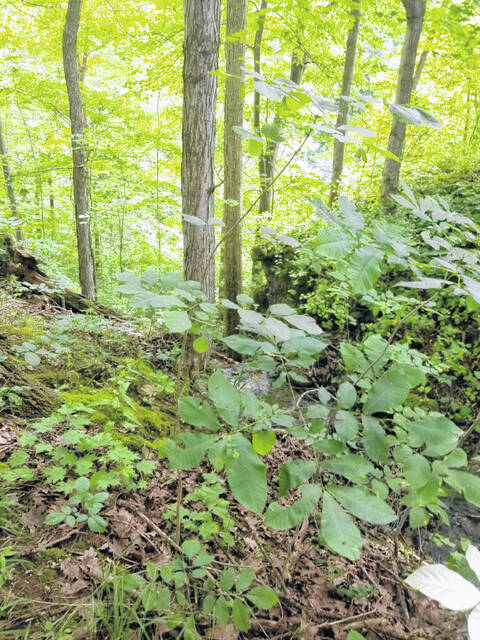
November is set aside to celebrate Native American heritage, to pay tribute to the many contributions made that influenced the country’s advancement as a nation. The month is a time to celebrate the country’s diverse culture, traditions and histories, and a time to educate the public about Native American tribes, their unique challenges both historically and present, and the ways tribal citizens worked to overcome.
Native Americans of the Ohio Valley are linked to the Hopewell culture. The Hopewell culture was first recognized in Chillicothe. Hopewell culture doesn’t refer to a particular Native American tribe, but to a distinctive set of artifacts, earthworks and burial practices characteristic to sites in Southern Ohio from A.D. 1 to 400.
A settlement consisted of one or a few families. They lived in rectangular houses and had gardens nearby. Their gardens consisted of domesticated plants such as sunflowers, squash, goosefoot and maygrass. Although some people thought of them as farmers, they were actually horticulturists. They are referred to as Eastern Agricultural Complex. They also hunted and fished.
The Hopewell culture participated in a vast social network that spanned much of Eastern North America. People came from distant regions to the Hopewell ceremonial earthworks. They brought gifts of precious metals such as copper from Lake Superior, seashells from the Gulf of Mexico, mica from the Southern Appalachian mountains, and obsidian from Wyoming. These items were crafted into works of art used for religious ceremonies, such as smoking pipes made into shapes of animals, human hands, bird claws and spear points.
Ceremonial life centered on the earthworks built in geometric shapes including circles, squares or octagons. Earthworks were built on tops of hills depending on the shapes of the hilltops, such as nearby Fort Ancient, Fort Salem and Fort Hill.
Fort Hill, also called the Adena Serpentine Stone, is a hilltop enclosure with a circumference of one and a half miles and 33 gateways. There is also a second Hopewell earthwork, called Circle Earthwork, at Fort Hill. It is in a field on the south side of the park. Fort Hill is a stone and earthen wall enclosure built on a flat hilltop conforming to the contour of the ridge.
Fort Hill is home to one of Ohio’s largest forests. It spans 1,300 acres and has 11 miles of hiking trails and a diverse range of wildflowers, birds and fungi species.
Although the names Fort Ancient, Fort Salem and Fort Hill suggests those locations were forts, they were actually places of ceremony. The earthworks aligned with the apparent movement of the sun and moon. This shows that those that lived there were careful observers of the sky and wanted ceremonial spaces to forge a connection between the heavens above and the earth below.
Hopewell earthworks are large burial mounds containing remains of special people and religious leaders. There is no evidence of kings and queens. All of them lived in the same type of houses, ate the same food, and worked hard. It shows that Native Americans cooperated together in building the earthworks.
Sources for this story included ohiohistorycentral.org, Nativeamericanheritagemonth.gov and arcofappalachia.org.
Jackie Wolgamott is a stringer for The Times-Gazette.


